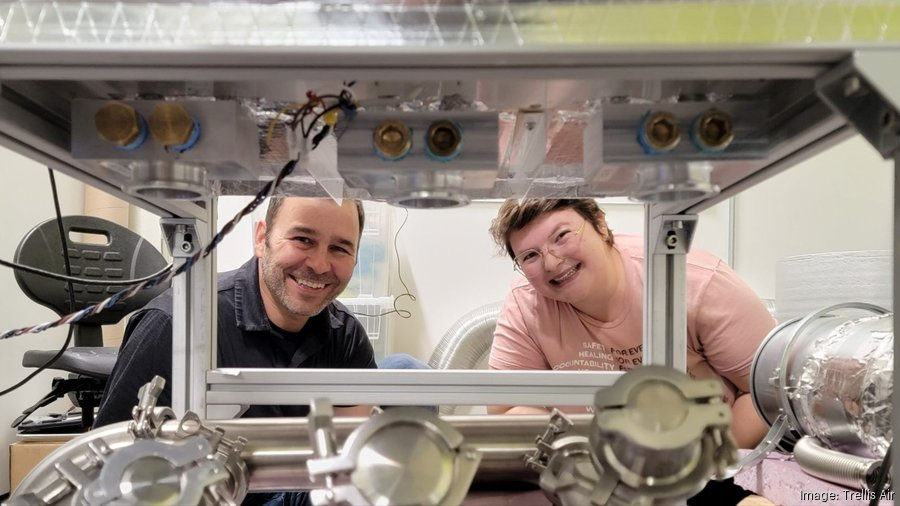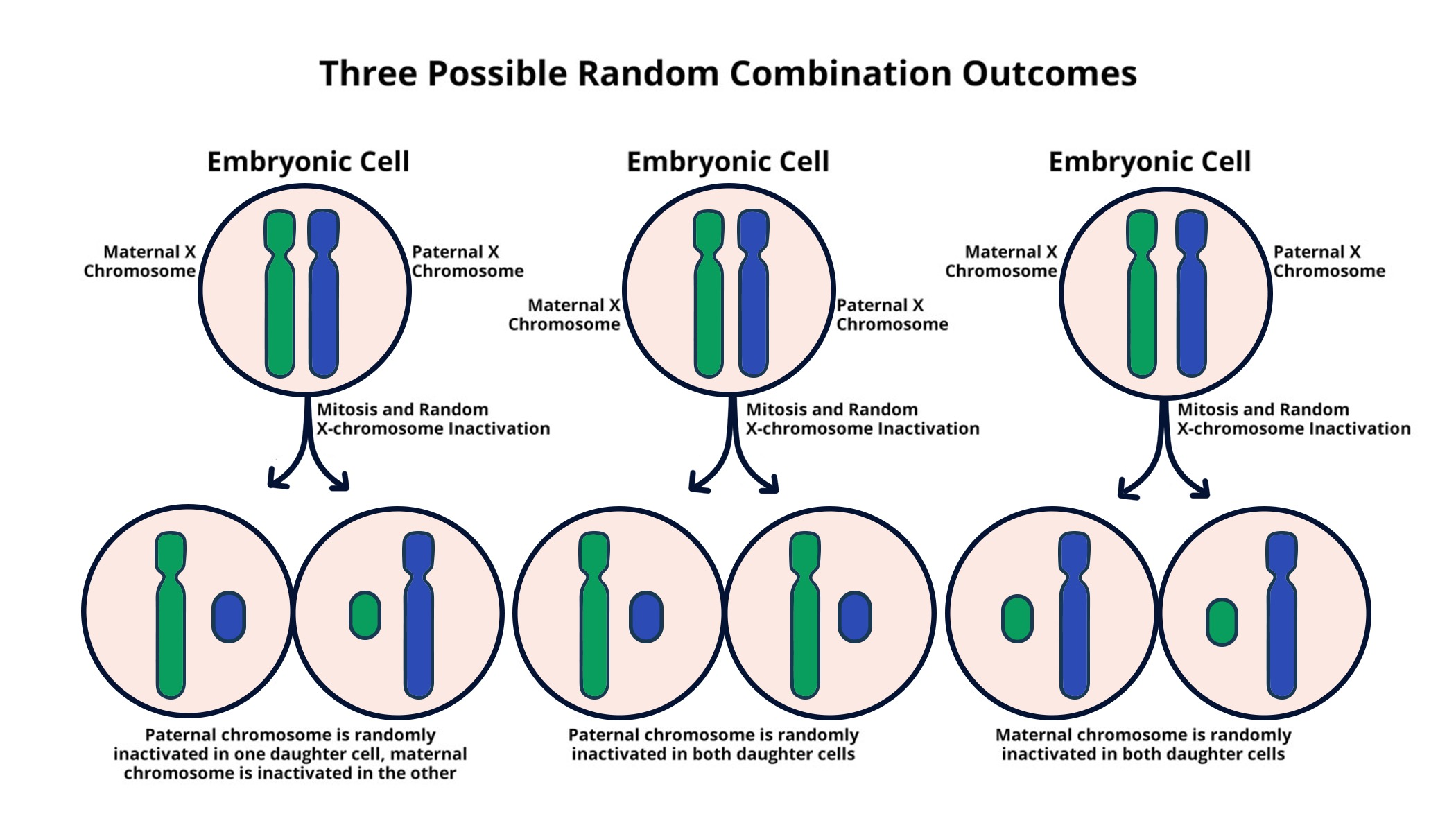Trellis Air technology represents a groundbreaking advancement in energy-efficient cooling solutions. Developed by a Harvard startup, this innovative system mimics the function of a coffee filter to efficiently cool and dehumidify air, drastically reducing the amount of energy required compared to traditional air conditioning systems. As global temperatures continue to rise, the demand for effective cooling technology has become more urgent, with forecasts indicating a potential increase of 40% in cooling needs by 2030. The implications of Trellis Air’s approach could significantly lower greenhouse gas emissions associated with conventional air conditioning and dehumidification systems. By leveraging cutting-edge engineering and scientific research, Trellis Air is poised to revolutionize air conditioning innovation, paving the way for a more sustainable future.
The innovative Trellis Air approach to cooling is characterized by its advanced dehumidification method, which sets it apart from outdated techniques still prevalent in the industry. This Harvard startup has unveiled a sophisticated solution that not only addresses the pressing need for energy-efficient cooling but also aims to substantially reduce the ecological footprint left by traditional air conditioning systems. As climate change exacerbates heat waves, species of moisture-absorbing materials integrated into this system can actively combat the surge in energy consumption and subsequent harmful emissions. Utilizing principles from architecture and materials science, the company’s cutting-edge solution exemplifies a vital evolution in cooling technology that is both effective and environmentally conscious. By transforming how air conditioning operates, Trellis Air is introducing a new paradigm that could redefine energy consumption patterns across residential and commercial applications.
The Environmental Impact of Conventional A/C Systems
Air conditioning systems, while providing comfort, are substantial contributors to global greenhouse gas emissions, accounting for approximately 4% of these emissions worldwide. This rate is particularly astounding considering that it is more than double the emissions generated by all air travel combined. As our climate continues to warm, the demand for cooling solutions is projected to catapult by as much as 40% by the year 2030. This surge in demand parallels an increase in energy consumption and the consequent emissions that come with it, highlighting an urgent need for energy-efficient cooling technologies.
In light of these projections, it becomes imperative to address the longstanding reliance on outdated cooling technologies, mainly vapor-compression air conditioning systems. These systems are not only energy-intensive but are also largely based on technologies that have not evolved significantly over the past century. As Jonathan Grinham, an assistant professor of architecture at Harvard points out, advancing into a more sustainable future requires a fundamental shift in how we approach the cooling of our buildings. It is these concerns that drive innovations like Trellis Air’s unique approach, which serves to challenge the status quo while promoting energy savings and environmental sustainability.
Trellis Air Technology: A Game Changer in Cooling
Trellis Air technology stands out in a market ripe for disruption. The innovative approach employed by this Harvard startup utilizes a unique membrane that acts as an effective filter, separating water vapor from ambient air. By optimizing the dehumidification process, Trellis Air can significantly reduce the amount of energy traditionally required by air conditioning units and conventional dehumidifiers. This innovation is particularly valuable given the energy-related challenges the cooling industry faces amidst growing climate concerns.
Further distinguishing Trellis Air technology is its potential to operate with a much lower energy consumption rate compared to existing solutions. The membrane not only enhances the efficiency of cooling systems but also decreases reliance on refrigerants that contribute to global warming. As companies and consumers alike move toward adopting greener alternatives, Trellis Air’s advancements signify a noteworthy step in air conditioning innovation, positioning it as a frontrunner in the quest for eco-friendly building solutions.
Innovative Approaches to Dehumidification Systems
Dehumidification systems have long been recognized as crucial in maintaining indoor air quality and comfort. Traditional systems, however, tend to consume substantial amounts of energy, drawing concerns about their sustainability. By employing a groundbreaking membrane technology, Trellis Air proposes a new method of extracting moisture from the air that mitigates these energy concerns. This innovative solution not only promises improved energy efficiency but also contributes to the broader fight against climate change through reduced energy usage.
In contrast to typical refrigerant-based systems, Trellis Air harnesses a separate mechanism that allows for the seamless extraction of moisture from the air. Similar in function to a coffee filter, this membrane ensures that the air remains cool and dry without the excessive energy draw seen in traditional systems. The implications of this shift are vast, particularly as building energy demands rise. Such energy-efficient cooling strategies stand to transform dehumidification practices in homes, offices, and large industrial settings alike.
Combining Science and Engineering for Sustainable Solutions
The collaboration between architectural science and engineering is crucial for developing efficient cooling technologies. The team behind Trellis Air includes experts who bring together a wealth of knowledge in materials science, engineering, and building technology. This multidisciplinary approach ensures that the resulting solutions are not only innovative but also grounded in practical applications that are scalable and efficient. The synergy between scientific research and engineering expertise allows for breakthroughs that could redefine how air conditioning systems are designed and implemented.
By leveraging innovations developed at the Harvard laboratory, Trellis Air has integrated academic research with commercial viability. The involvement of notable figures like Joanna Aizenberg and Jack Alvarenga highlights the significance of foundational scientific inquiry in addressing real-world issues related to energy consumption and greenhouse gas emissions. Their research catalyzes the transformation of cutting-edge science into impactful business ventures, such as Trellis Air, demonstrating how academia can lead to practical, energy-efficient solutions in an ever-warming world.
Commercializing Breakthrough Air Conditioning Innovations
The transition from laboratory breakthroughs to real-world applications is often a complex journey, but Trellis Air is set to streamline this process. With the backing of Harvard’s Office of Technology Development, the startup is positioned to take innovative membrane technology and bring it to market effectively. By securing licenses for its intellectual property, Trellis Air can focus on developing solutions that cater to pressing environmental needs while capitalizing on a burgeoning market for energy-efficient cooling solutions.
Trellis Air’s goals encompass various avenues for commercialization—including enhancing existing industrial applications and innovating more efficient residential cooling options. By marketing its technology as a pre-drying module, Trellis Air aims to revolutionize air conditioning efficiency across multiple sectors. This strategic vision not only aims to meet growing consumer demands but also seeks to significantly lower the energy consumption associated with traditional cooling methods, thus reducing greenhouse gas emissions on a larger scale.
Challenges and Opportunities in Energy-Efficient Technologies
The air conditioning sector finds itself at a critical juncture; as demand continues to escalate, the need for energy-efficient technologies becomes increasingly vital. Trellis Air exemplifies a response to these challenges, addressing the immense pressures on energy grids while tackling the environmental implications of excessive cooling. However, the pathway to widespread adoption of such innovations is often fraught with challenges, including market competition from established, traditional cooling technologies.
Nevertheless, the opportunity for growth within the energy-efficient cooling market is multi-faceted. With the escalating climate crisis and changing consumer attitudes towards sustainability, businesses that prioritize eco-friendly solutions may gain a substantial advantage. Trellis Air’s approach underscores the importance of robust scientific research and innovation as key drivers within this evolving space. As more stakeholders recognize the value of cleaner technologies, Trellis Air is poised to meet this increased demand with its pioneering membrane-based cooling solutions.
The Role of Harvard in Air Conditioning Innovation
Harvard’s involvement in the development of Trellis Air is a testament to the university’s commitment to driving forward-thinking solutions to global challenges. By fostering an environment where researchers can collaborate across disciplines, Harvard has set the stage for significant advancements in air conditioning technology. The teamwork evident between various departments and labs exemplifies how academic institutions can play a pivotal role in facilitating innovation that impacts real-world issues.
With resources from Harvard’s Office of Technology Development and support from funding agencies like the U.S. Department of Energy, Trellis Air embodies the potential of collaborative research leading to impactful commercial outcomes. By blending academic rigor with entrepreneurial spirit, Harvard is nurturing a pipeline of technologies designed to combat pressing climate challenges. As more institutions engage in partnerships that merge science with practical applications, we can expect a wave of innovations aimed at reducing energy consumption and greenhouse gas emissions across various industries.
Future Prospects for Sustainable Cooling Solutions
The trajectory of air conditioning technology is poised for transformation, especially with inventions like Trellis Air paving the way. The market for energy-efficient cooling solutions is expanding, driven by an increasing awareness of climate issues and the need for sustainable practices. As consumers demand greater energy efficiency, companies that can provide innovative solutions will not only thrive economically but also make a substantial contribution to environmental conservation.
Looking ahead, Trellis Air’s focus on developing robust, scalable solutions could set a new standard across both residential and industrial markets. As the technology matures and receives further validation through real-world pilot studies, wider adoption will likely become inevitable. The synergy of cutting-edge materials science and thoughtful engineering will exemplify how startups can reshape industries for the better, significantly reducing energy demands and greenhouse gas emissions, thereby addressing one of the most pressing challenges of our time.
Investor Interest and the Commercial Viability of Trellis Air
The financial backing and interest from investors are crucial for startups like Trellis Air, especially as they set out to disrupt established industries. Understanding the market potential for energy-efficient cooling systems, many investors recognize Trellis Air’s technology as a promising investment opportunity. The substantial reduction in energy consumption coupled with the necessity for sustainable practices positions Trellis Air favorably within the air conditioning market.
As a startup, Trellis Air also highlights the growing trend of impact investing, where investors seek to support companies that not only provide financial returns but also aim for positive environmental and social impacts. This paradigm shift suggests a future where innovative technologies addressing climate change can attract the necessary capital, making it feasible for companies to thrive while contributing positively to global sustainability efforts.
Frequently Asked Questions
What is Trellis Air technology and how does it improve energy-efficient cooling?
Trellis Air technology involves a novel membrane-based approach to cooling and dehumidification, designed to significantly enhance energy efficiency in air conditioning systems. This innovation acts like a coffee filter, extracting moisture from air while using considerably less energy compared to traditional vapor-compression techniques. By optimizing energy use, Trellis Air aims to reduce greenhouse gas emissions associated with cooling.
How does Trellis Air’s dehumidification system contribute to reducing greenhouse gas emissions?
Trellis Air’s dehumidification system offers a more energy-efficient alternative to conventional air conditioning, which currently accounts for 4% of global greenhouse gas emissions. By utilizing its unique membrane technology to dry air more efficiently, Trellis Air reduces energy consumption, thereby minimizing the carbon footprint of cooling solutions.
What makes Trellis Air different from traditional air conditioning innovations?
Trellis Air distinguishes itself from traditional air conditioning innovations by employing a cutting-edge membrane that directly separates water vapor from the air. This technology functions more efficiently than standard systems, which rely heavily on refrigerants and consume excess energy to cool and dehumidify simultaneously. Trellis Air’s innovative design enhances performance while lowering overall energy usage.
Why is Trellis Air considered a significant development in air conditioning innovation?
Trellis Air is viewed as a vital development in air conditioning innovation because it addresses the urgent need for more sustainable cooling methods amidst rising global temperatures. By significantly reducing the energy requirements for cooling and dehumidification, Trellis Air provides a promising solution to the escalating demands for energy-efficient cooling while mitigating climate change impacts.
How does Trellis Air technology fit into ongoing efforts to combat climate change?
Trellis Air technology aligns with global efforts to combat climate change by drastically lowering energy consumption in air conditioning systems, which are projected to see a 40% rise in demand by 2030. This advanced dehumidification solution not only enhances building energy performance but also contributes to reducing emissions, making it a crucial element in the fight against climate change and greenhouse gas emissions.
What are the potential applications for Trellis Air’s energy-efficient cooling technology?
Trellis Air’s energy-efficient cooling technology has multiple potential applications, including replacing traditional desiccant systems in industrial settings, improving basement dehumidifiers, and ultimately integrating with air conditioning systems worldwide. By marketing this technology as a pre-drying module, Trellis Air aims to enable existing air conditioners to operate more efficiently, thus achieving significant energy savings.
| Key Point | Details |
|---|---|
| Cooling Systems’ Impact | Cooling systems contribute to 4% of global greenhouse gas emissions, which is double that of air travel. |
| Rising Demand | Air conditioning demand is expected to increase by 40% by 2030 due to rising temperatures. |
| Trellis Air’s Innovation | Utilizes a new membrane technology that acts like a coffee filter, efficiently drying and cooling air. |
| Energy Efficiency | The Trellis Air system consumes significantly less energy compared to traditional air conditioning and dehumidification systems. |
| Research and Development | The development involved collaboration with Harvard scientists and received backing from various funding sources. |
| Commercial Opportunities | Trellis Air aims to replace inefficient systems in industrial applications and improve global air conditioning technology. |
| Field Testing | Prototypes were tested in Miami and innovative field studies were conducted at Harvard’s HouseZero. |
Summary
Trellis Air technology is set to revolutionize the air conditioning industry by providing a highly efficient cooling solution that significantly reduces energy consumption and greenhouse gas emissions. By leveraging a novel membrane technology that separates water vapor like a coffee filter, Trellis Air not only addresses the rising demand for cooling due to climate change but also paves the way for a sustainable future. As traditional cooling methods remain stagnant, Trellis Air stands at the forefront of innovation, ready to make a substantial impact on the environment and energy use in the years to come.








